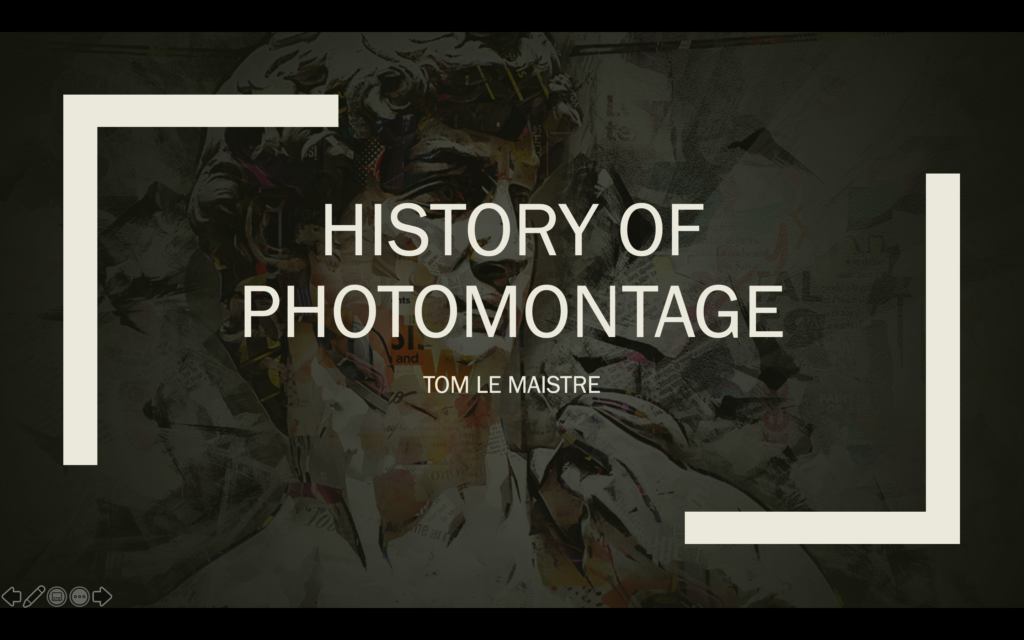
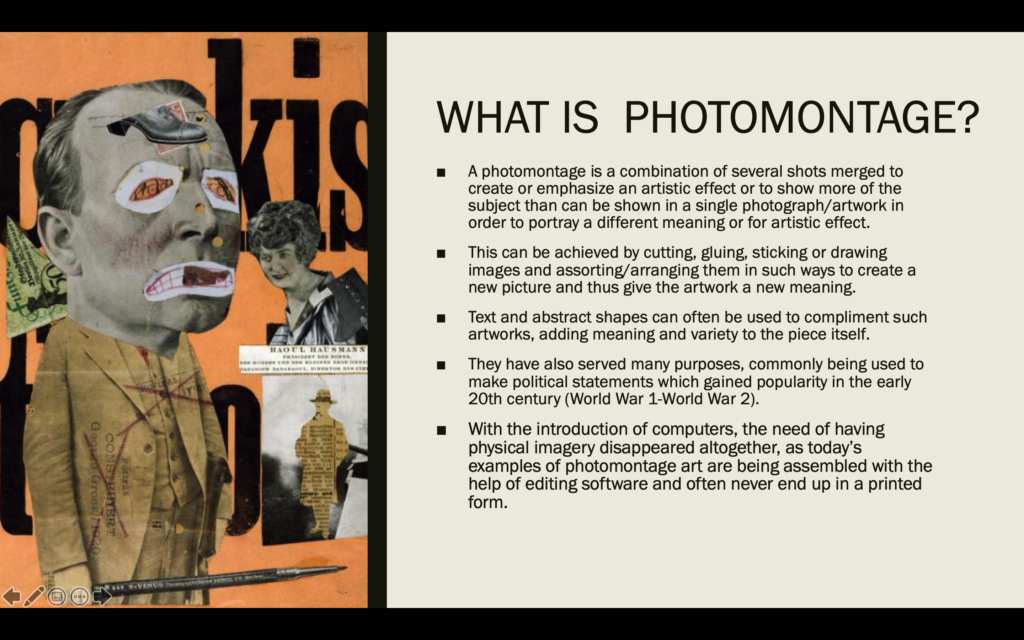
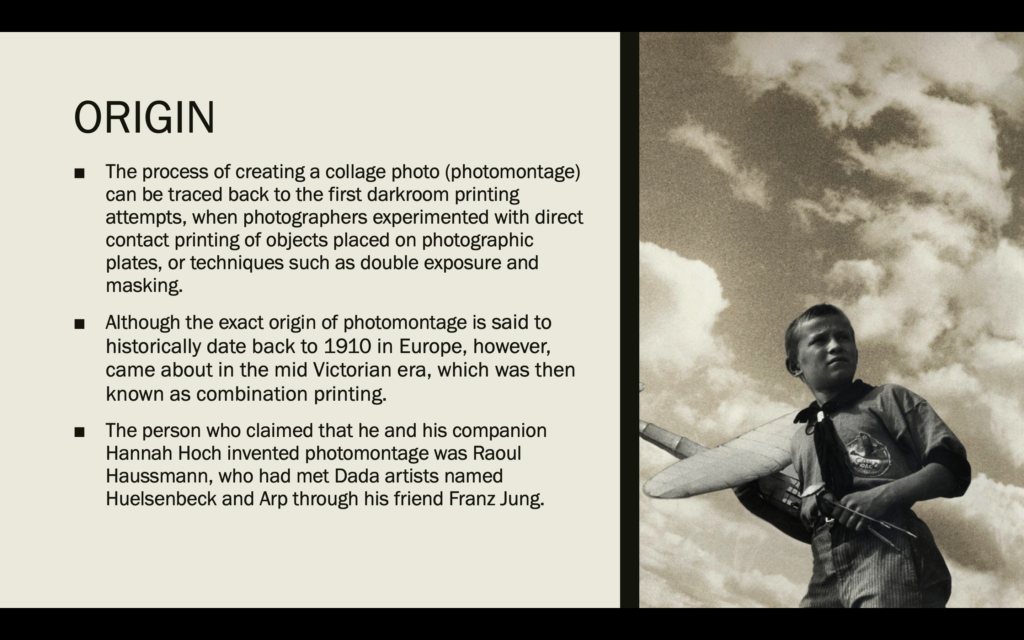
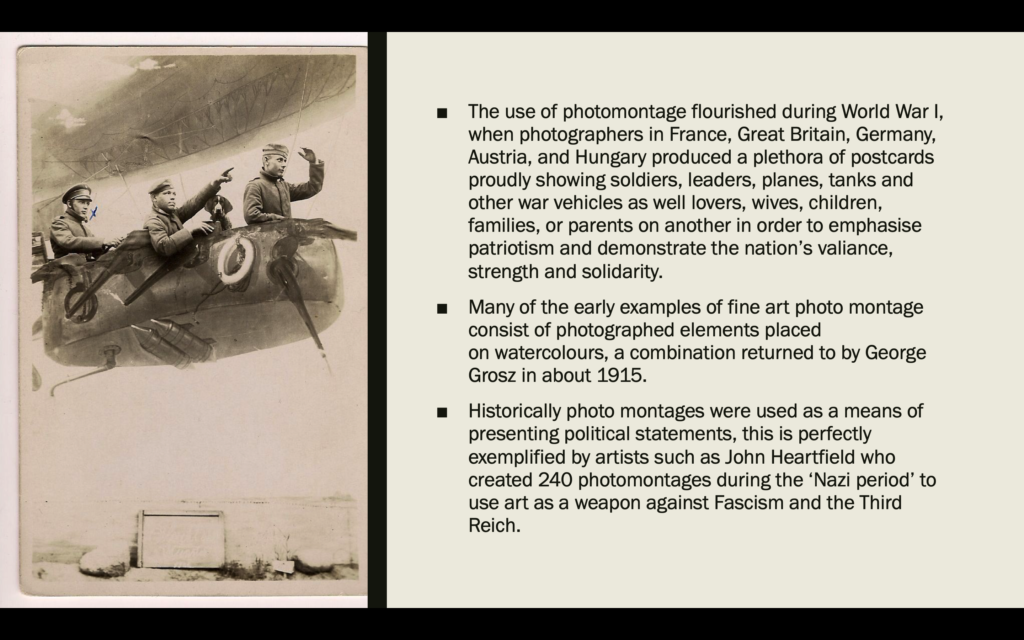







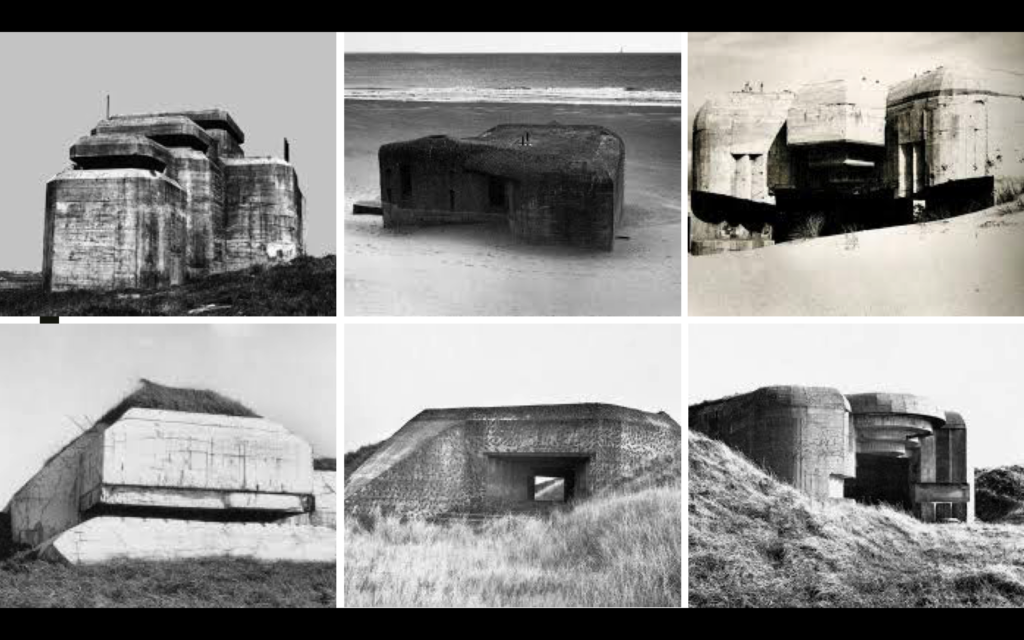
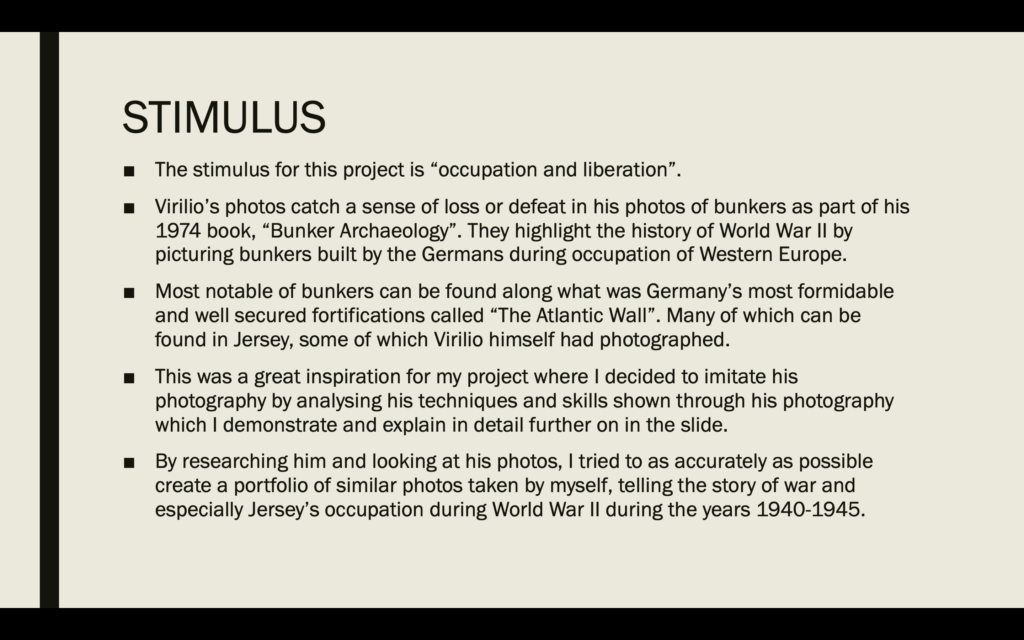
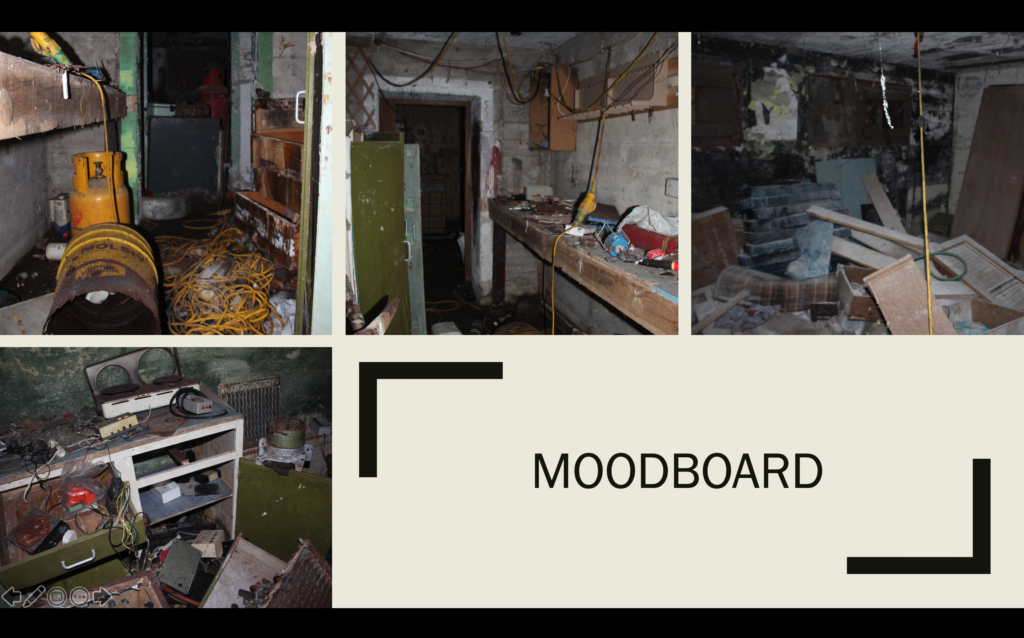
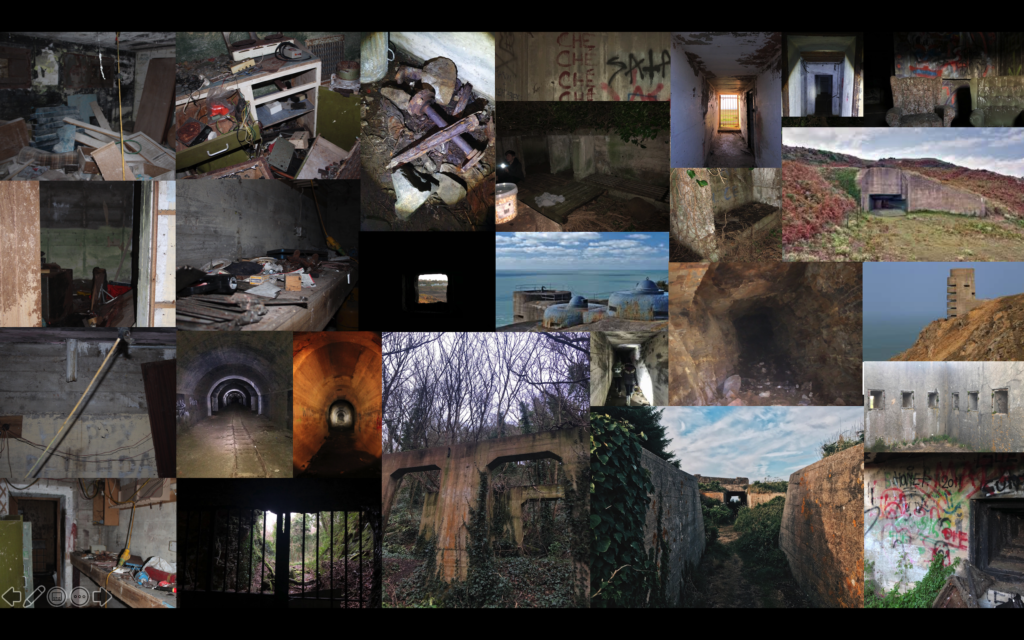
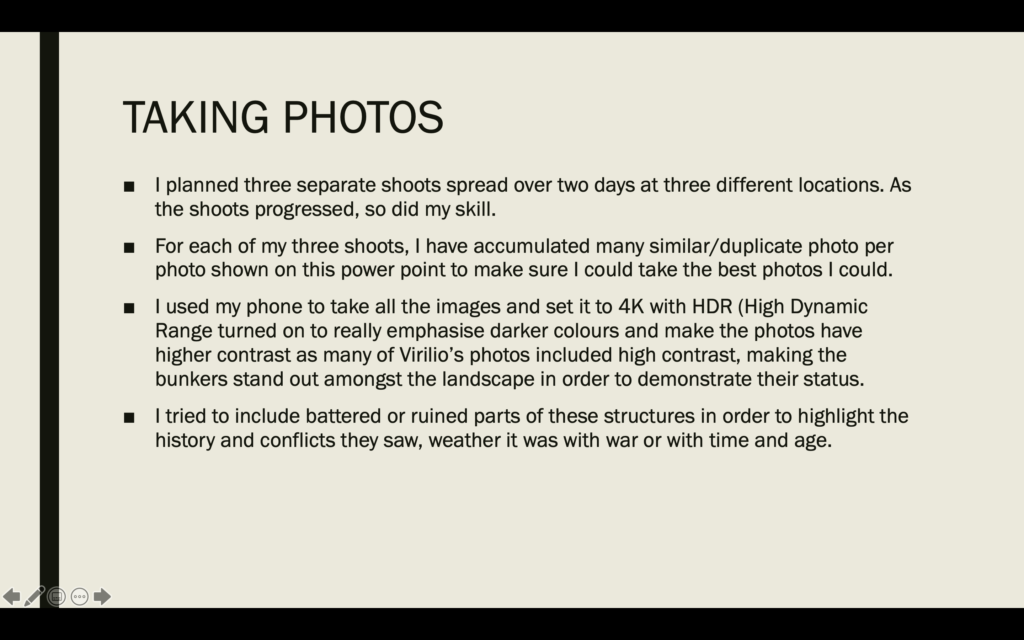
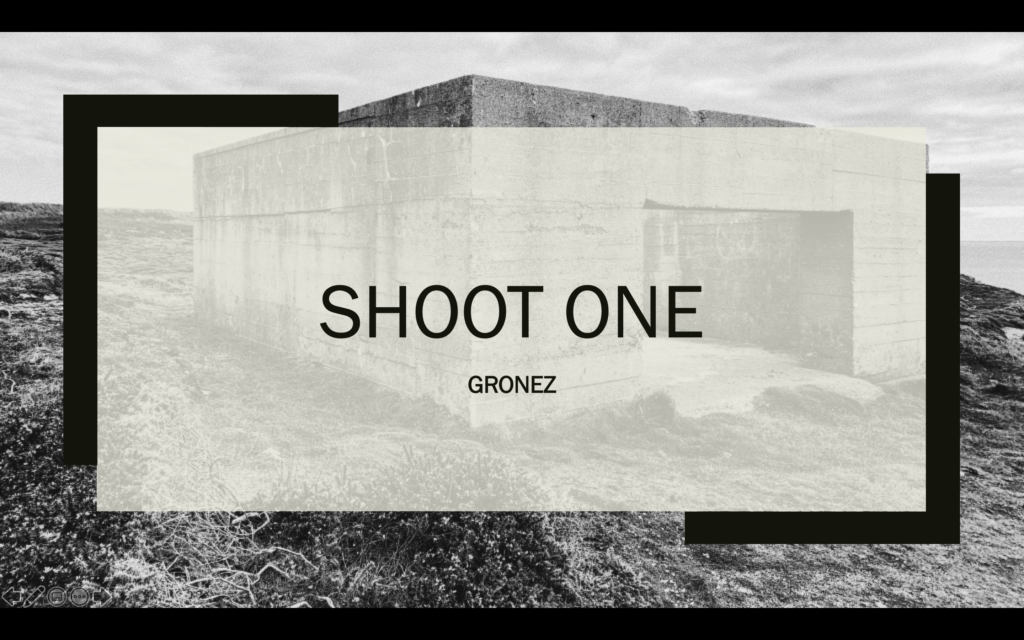







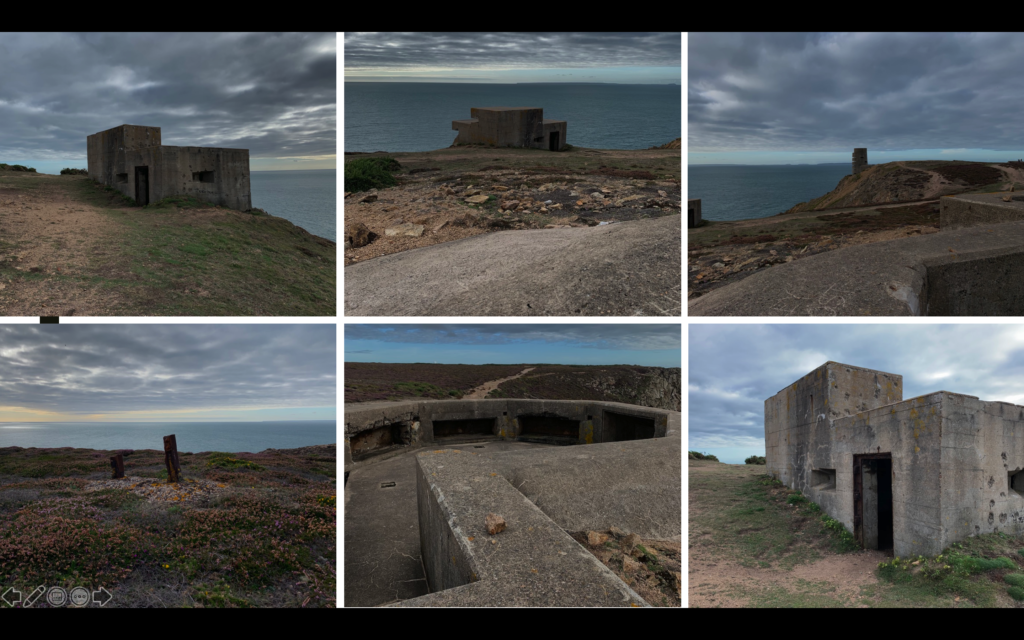


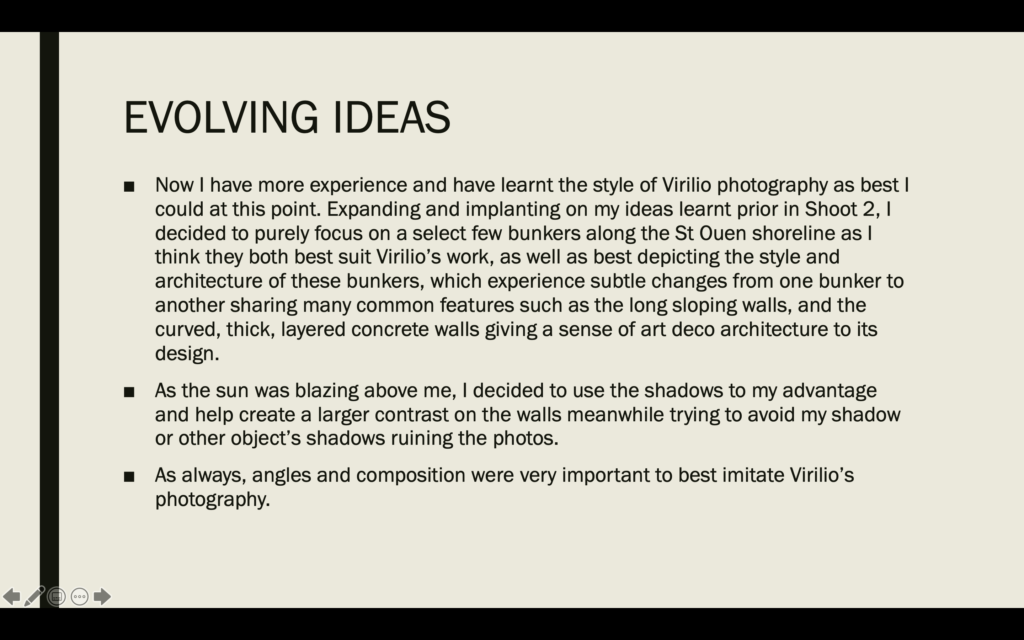

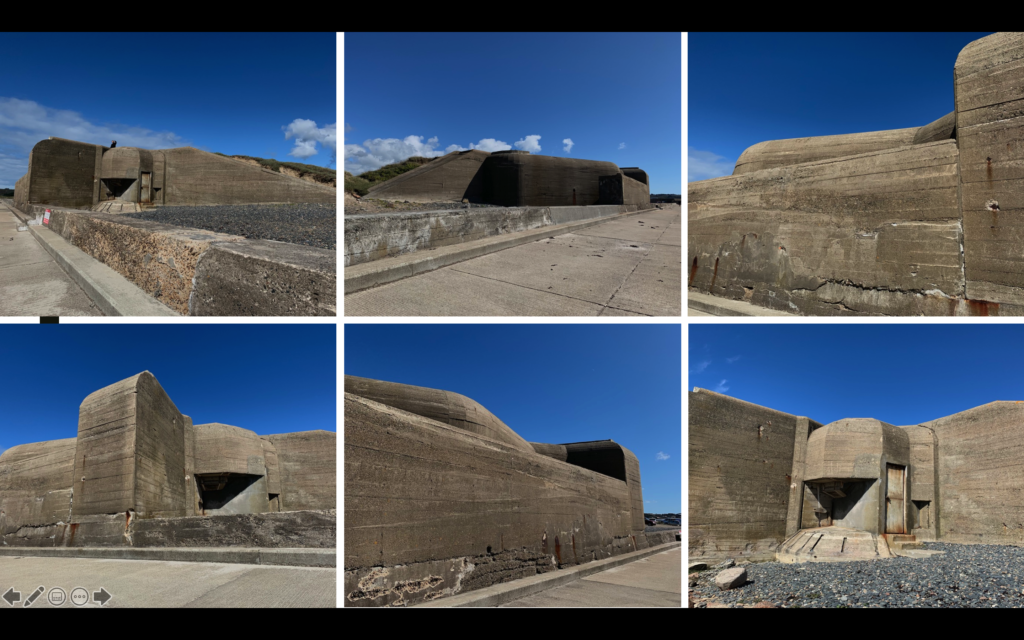
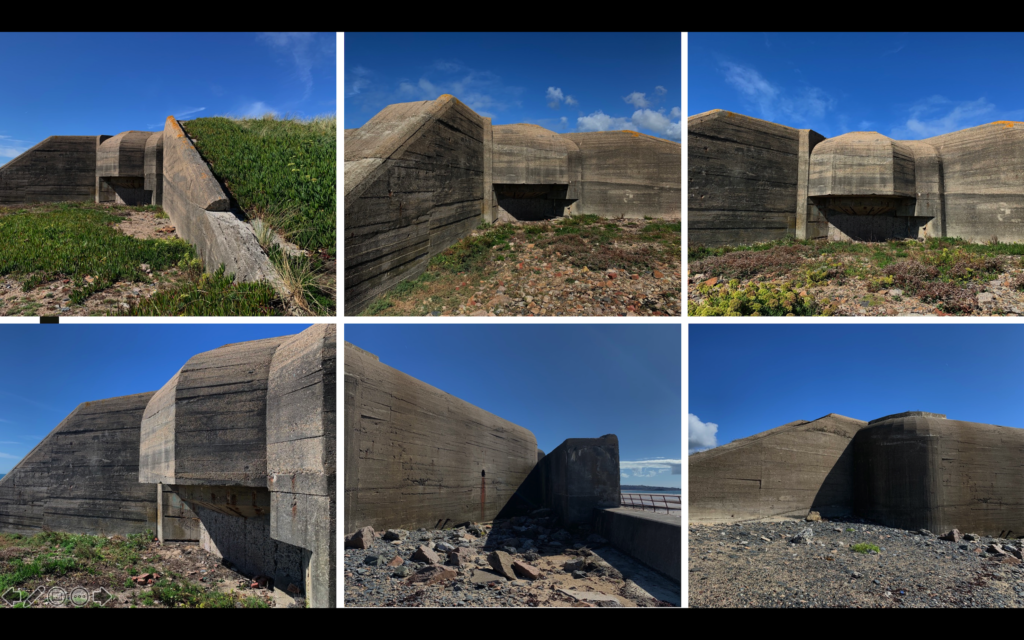
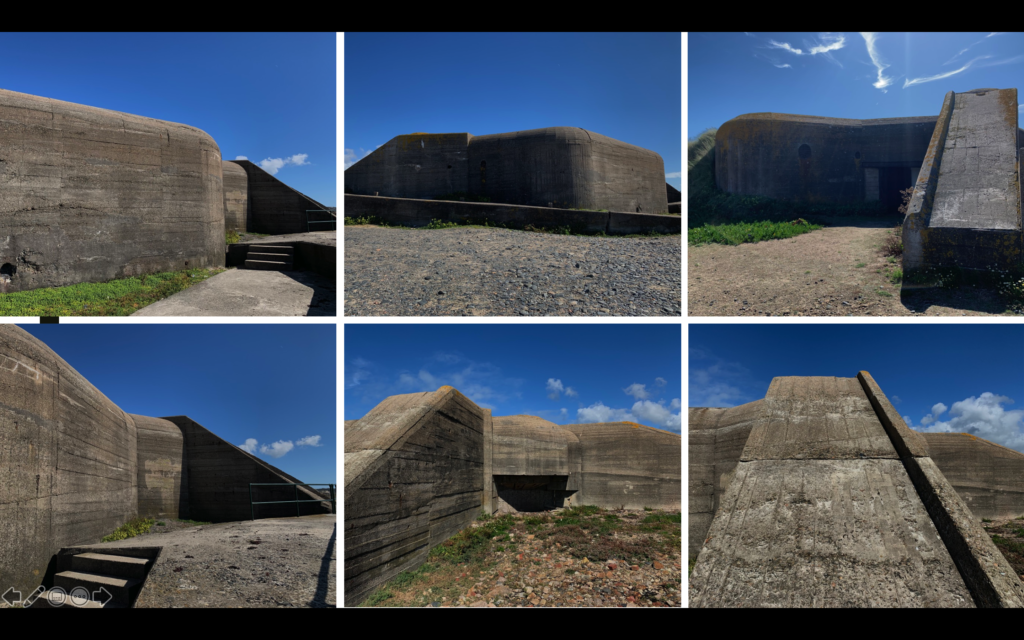
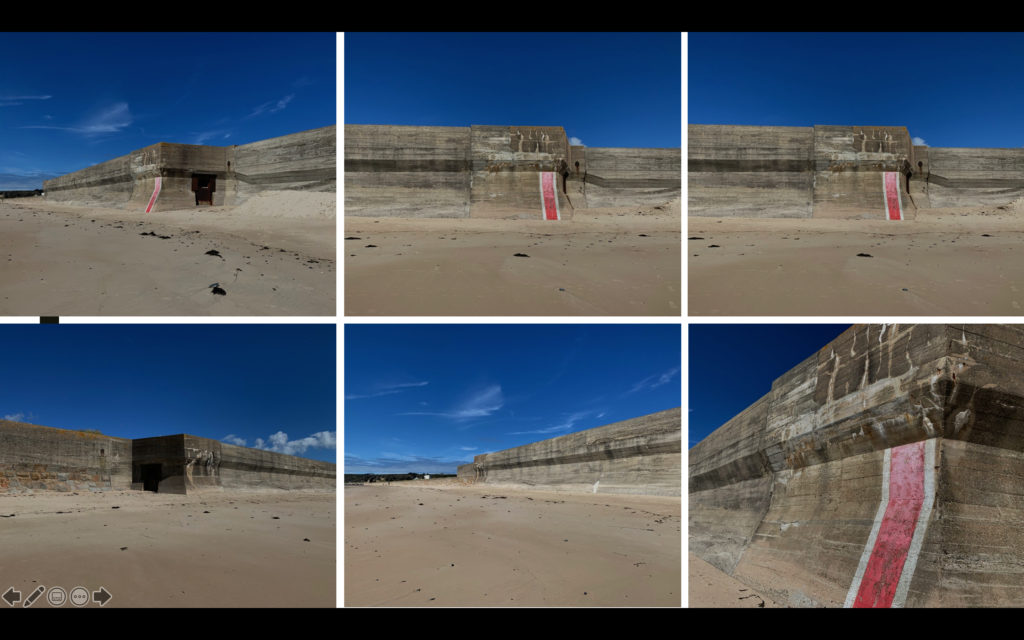

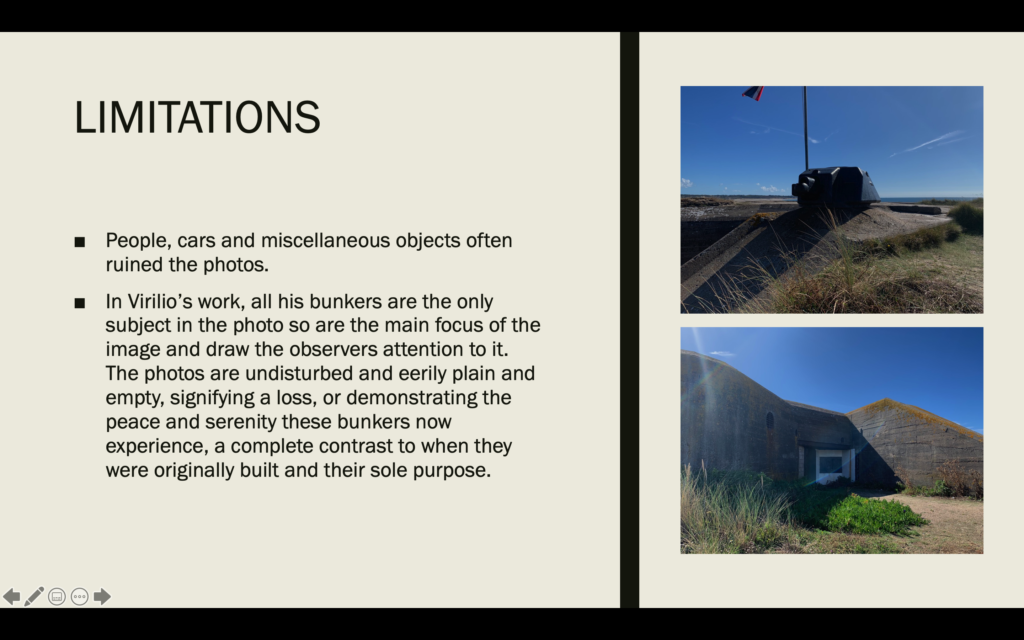
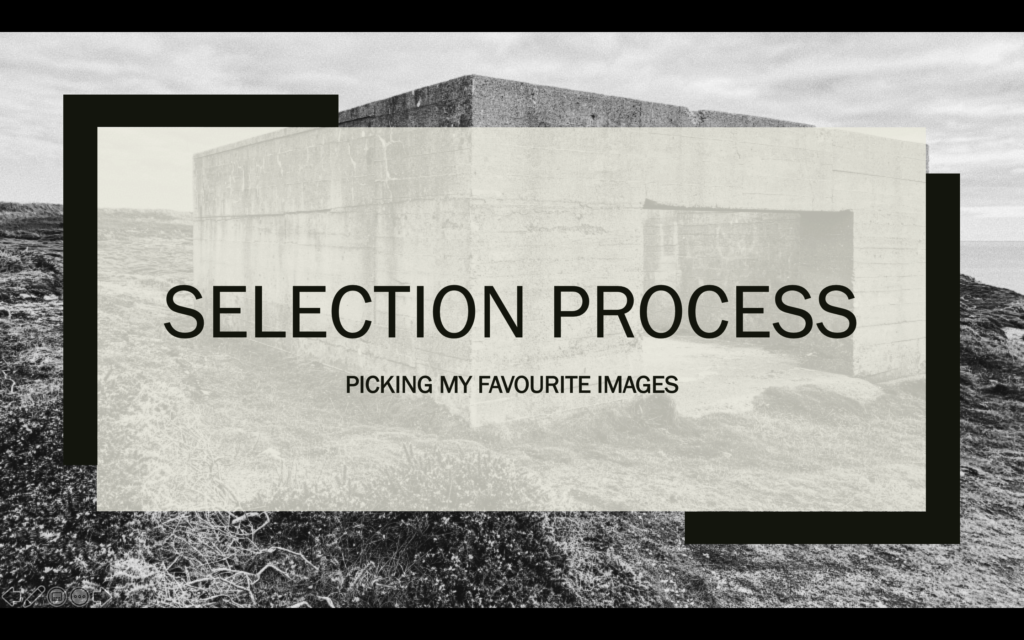



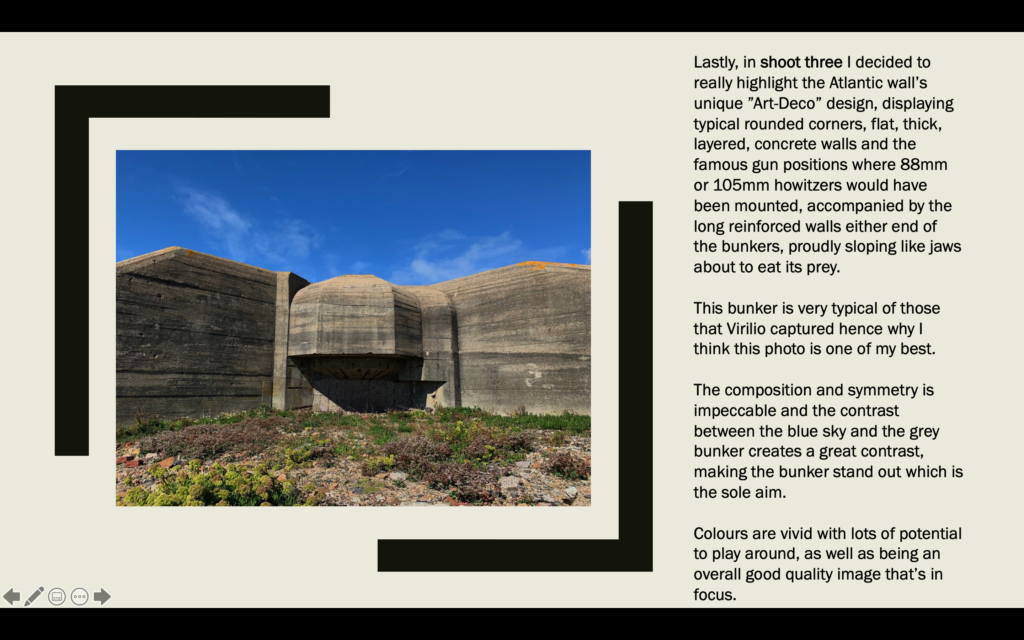

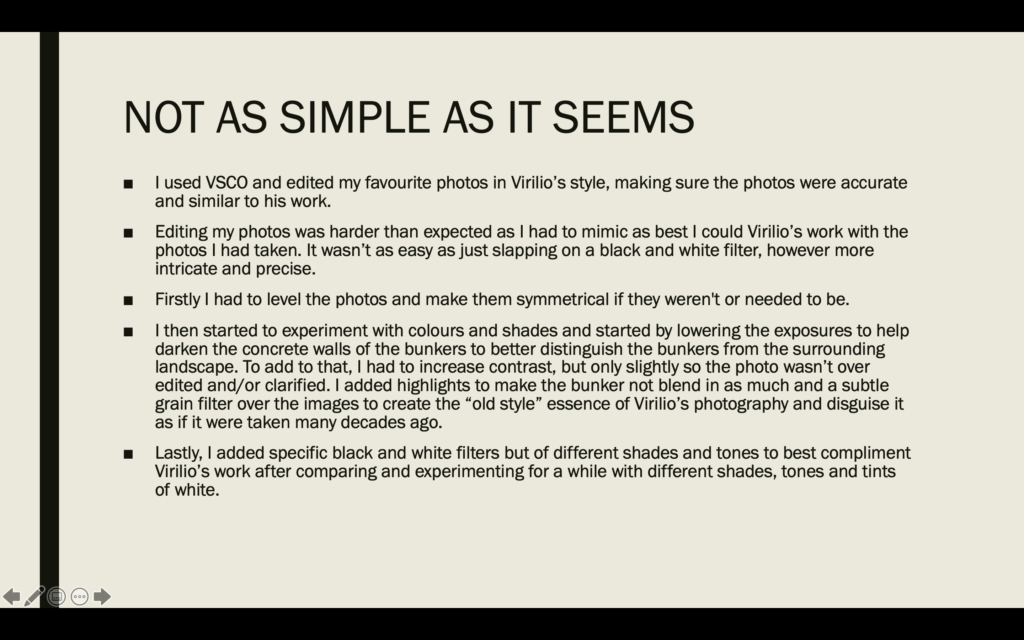
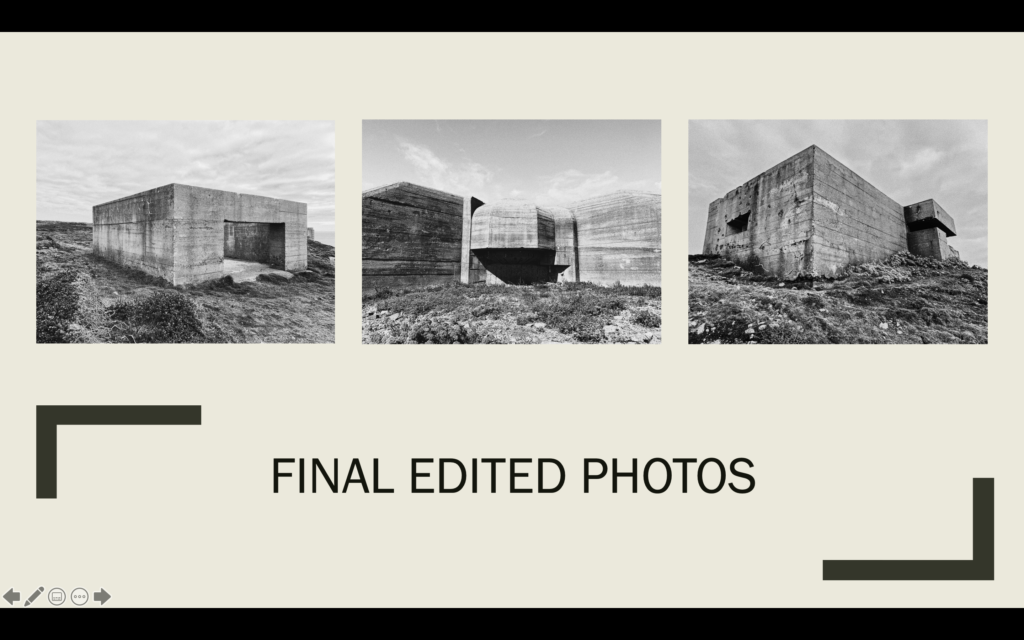
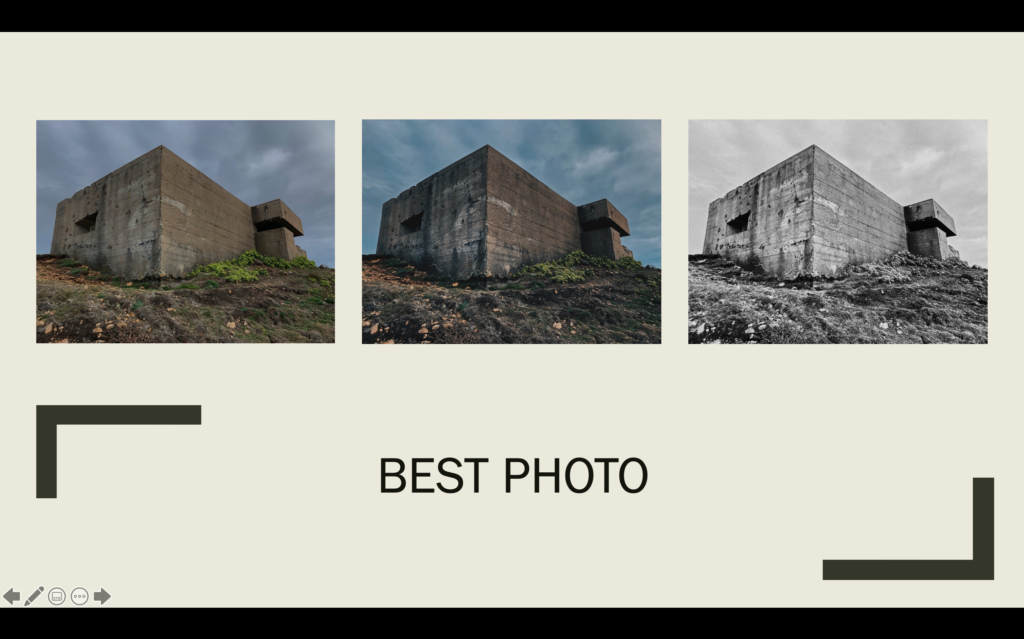
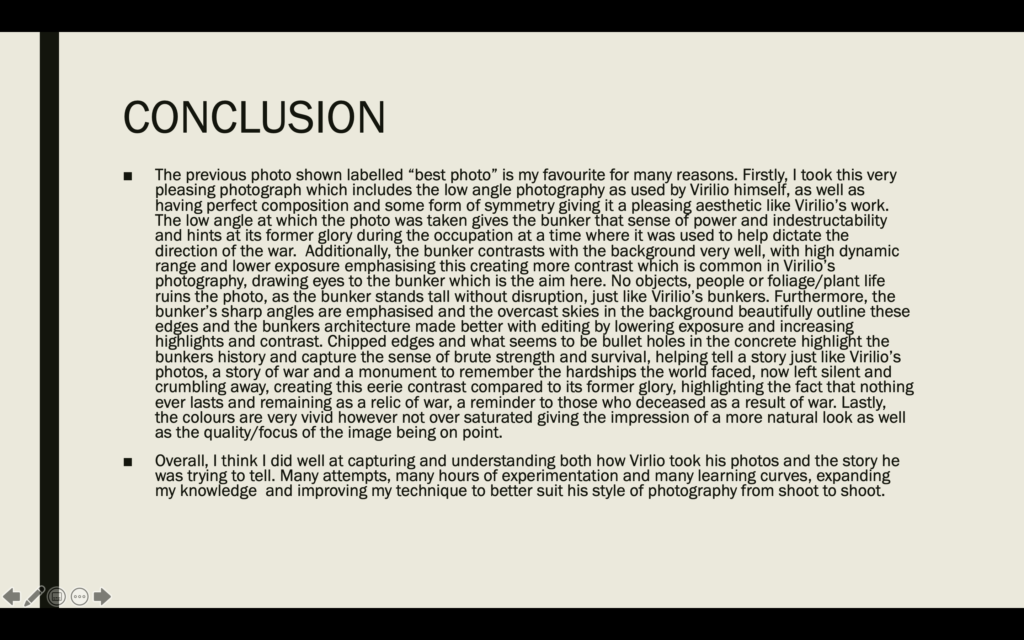
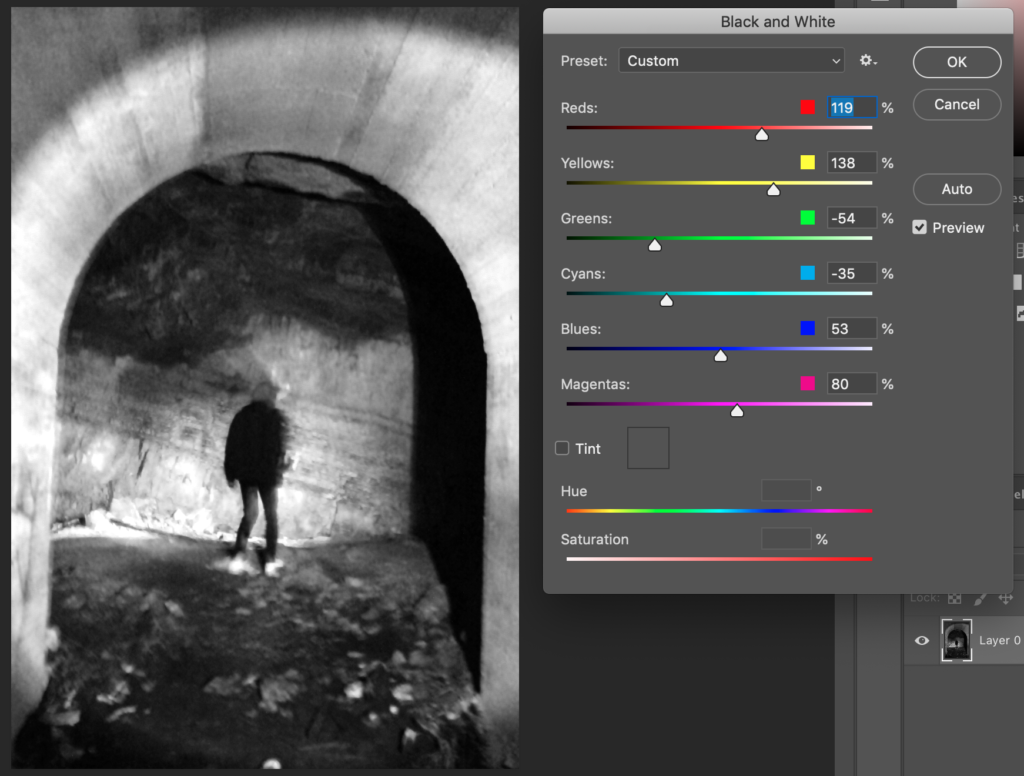
While exploring editing on photoshop, my main interest was increasing the highlights and shadows of each image. In this particular edit I preferred the photo in black and white. To increase the shadows and highlights, I increased the red and yellow tones, which would make shadows appear almost black, and highlights almost white. I picked this photo due to its interesting focal point. I feel that even though ones eyes are constantly being drawn towards the lightest and warmest areas, in this photograph the brightest part of the image (the centre) has an interesting high contrasted silhouette.

Technical:The lighting in the photo has been made to create a evil and spooky vibe. this is because of the of the location of the picture and the way he is glaring at us. The photo is quite dark at the front making a shadow focusing on the his face, which draws the viewers attention in contrast of the background which has natural light coming through. The natural day light at the back of the photo gives the photo some life and makes better, However the photo is still a very dark and damp focusing at the front of the photo. The photo has been taken at a mid range shot with a rather wide lens as we can see the factory behind. in conclusion, I think the image is rather cold because of its lighting which suggests that the picture is trying to create fear.
Visual: From first sight of the photo it seems rough and dull as it is quite dark, it is a dark green with then brighter colours coming towards the back. the photo looks very old as it the photo was taken In a antique factory in 1963. The focus point of the photo is the man in centre which it seems like a natural frame behind him which immediately catches our attention as it has been taken up close and the shadows and dark colours that it has created. However, the natural lighting and the trains with a bit of motion blur drags my attention to the top part of the image.
Contextual: Alfred Krupp was a German businessman who owned his own train factory. he helped to build trains to transport the prisoners to the concentration camp. he then moved to start making other things like cannons and guns as he became a supplier of weapons to the Nazi.
Arnold Newman was an American photographer, noted for his “environmental portraits” of artists and politicians. He was also known for his carefully composed abstract still life images. Newman took photos of Krupp to help the Jewish people, few years after this shoot he was sentenced for 12 years imprisonment for convicting crimes.
Conceptual: The reason why Newman decided to take this portrait photograph of Krupp was to make him seem evil. Newman was brave to take this shoot after knowing everything he has done and who he truly was. Taking the photograph in a abandoned factory with trains in it suggested that he built all the trains to transport them to death which would show people who he was.
Photomontage was first established in 1915 by the Dadaists as propaganda against the first world war. Dada was an art movement in WWI based in Switzerland and their artwork was usually satirical and ridiculous in its nature, in order to demean the associates of war. Surrealists later embraced the idea of photomontage and used it to bring together different images and text in order to convey their message more efficiently to the viewer. Many artists used it to create a sense of distorted reality as a way of exploring the unconscious mind.
Photomontage is the process of result of cutting, gluing, layering and rearranging 2 or more photographs to make a complex image. Sometimes, the final result is then photographed so as to make the final print ‘seamless’.

Was a well-known, early 20th century photographer who used photomontage and art as a ‘political weapon’. When the war in 1924 broke out, he managed to avoid active service by faking mental illness. He’d destroyed all his artwork from before the war and joined the Berlin Dada club in 1918, which included artists such as Hannah Hoch and Raoul Hausmann. Dada allowed Heartfield to experiment with different materials and ways of expressing his work.

His most famous work was mainly anti-Nazi and anti-fascist . He voiced his political and social views through his photomontages












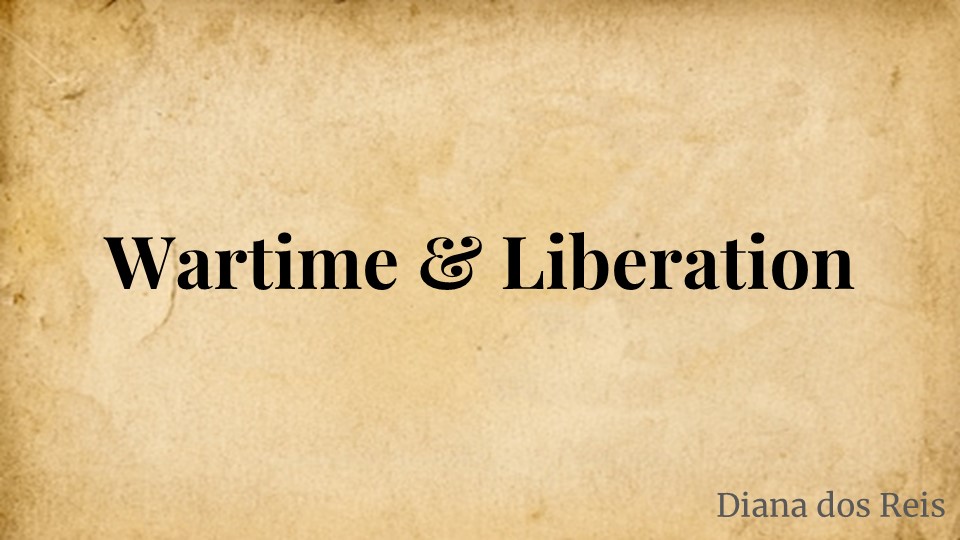
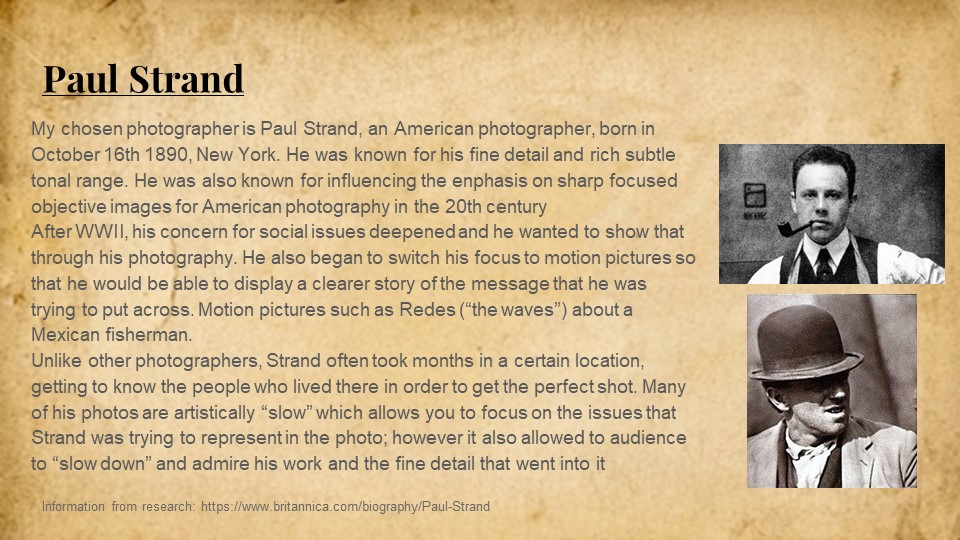
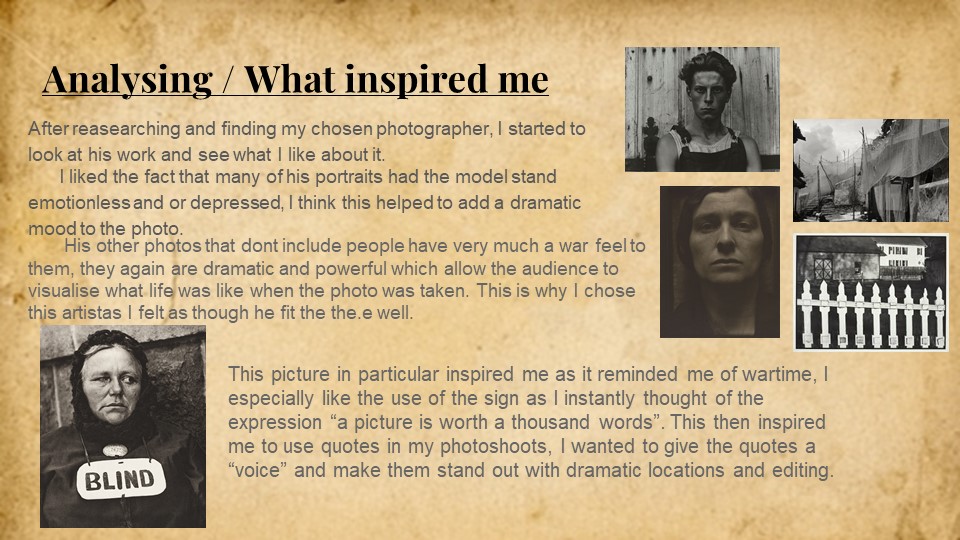
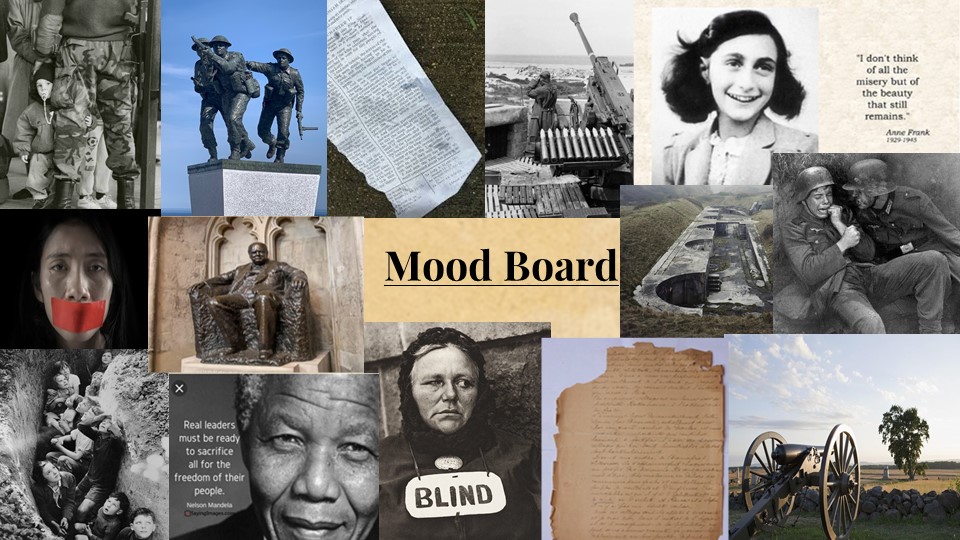
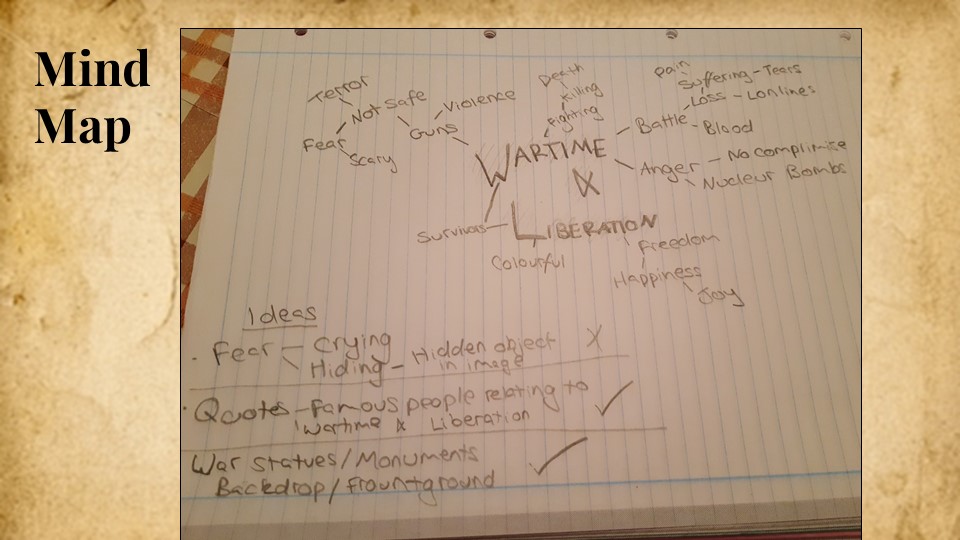
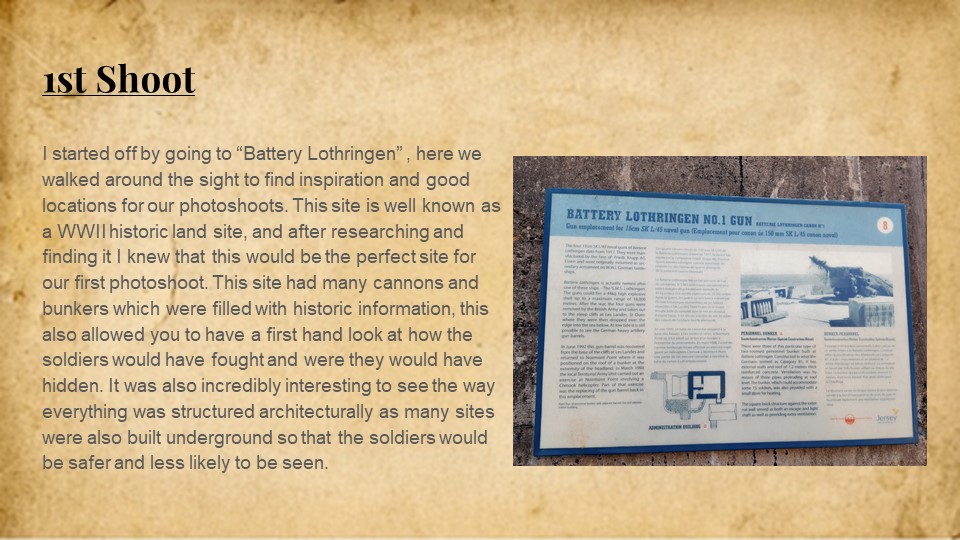
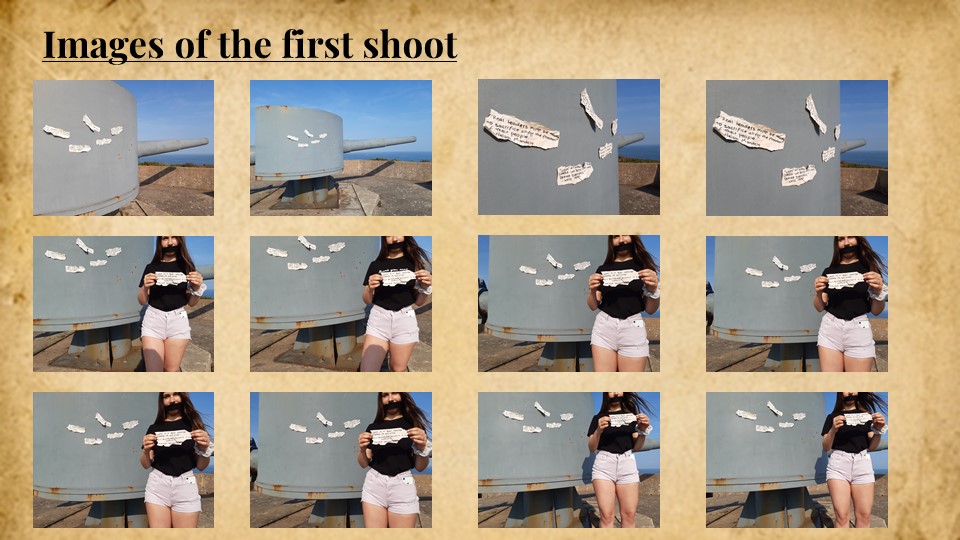


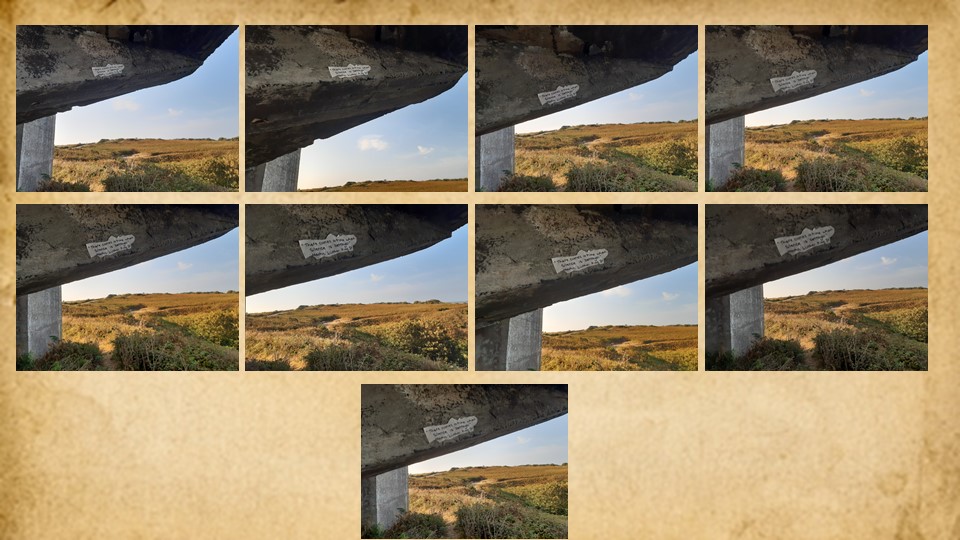
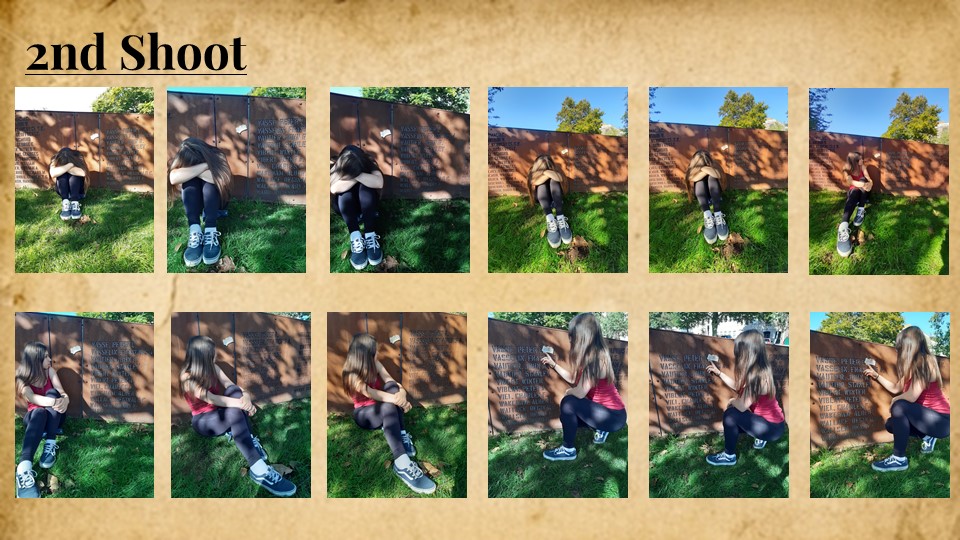
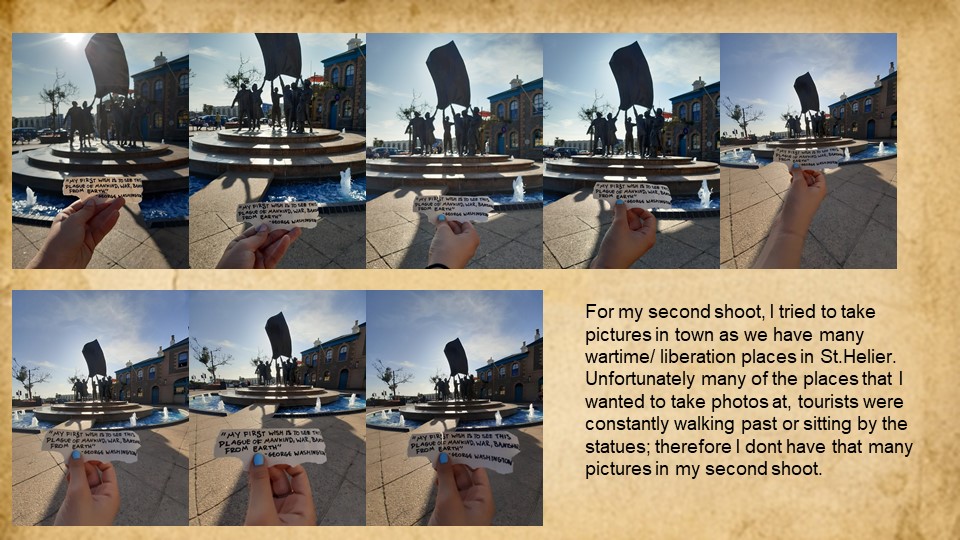
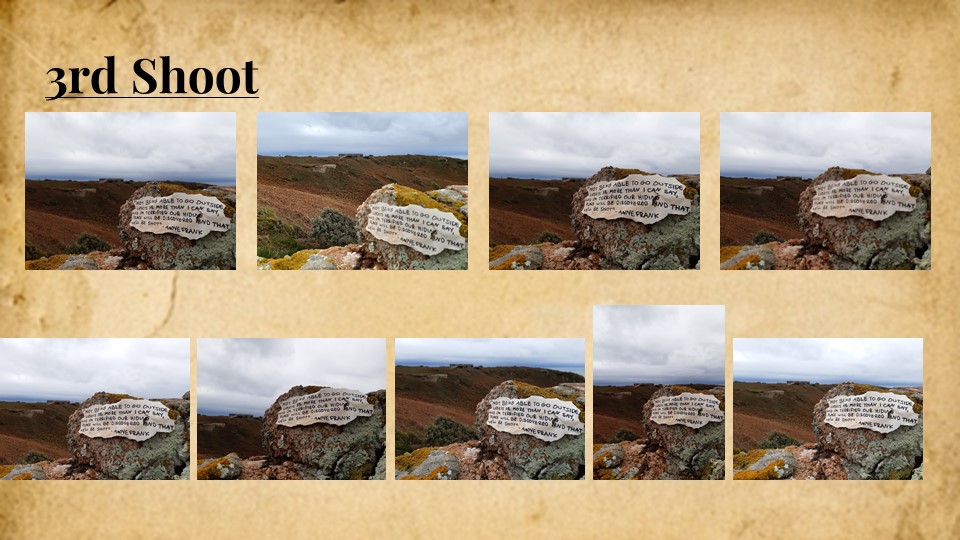

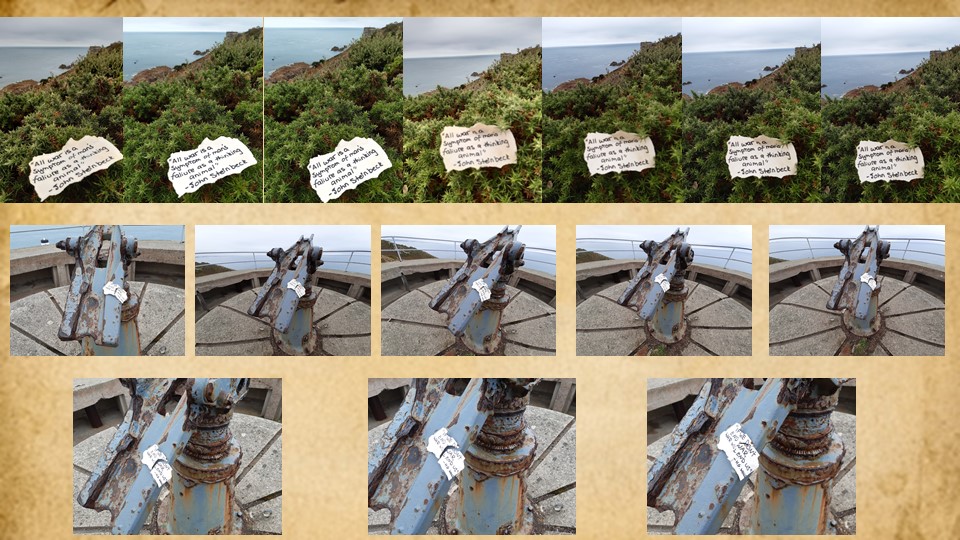

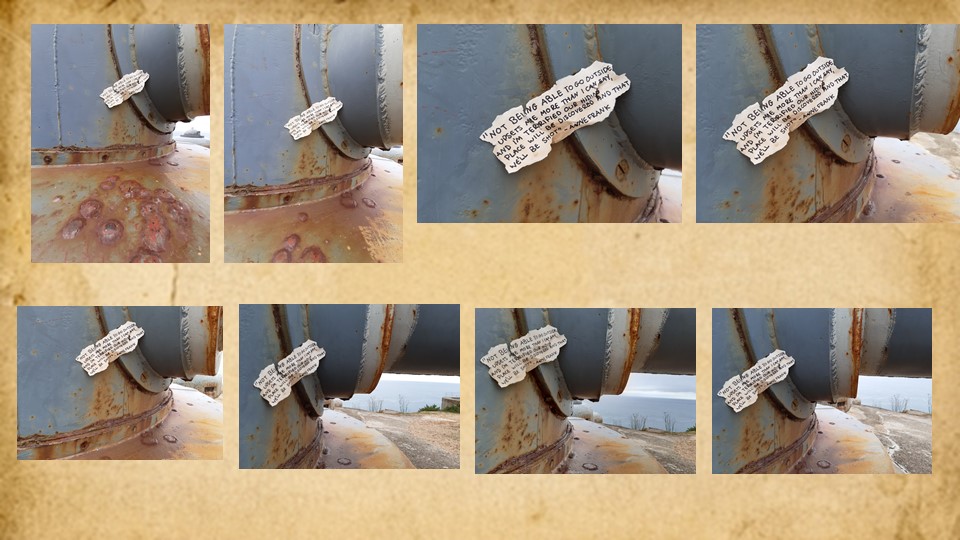


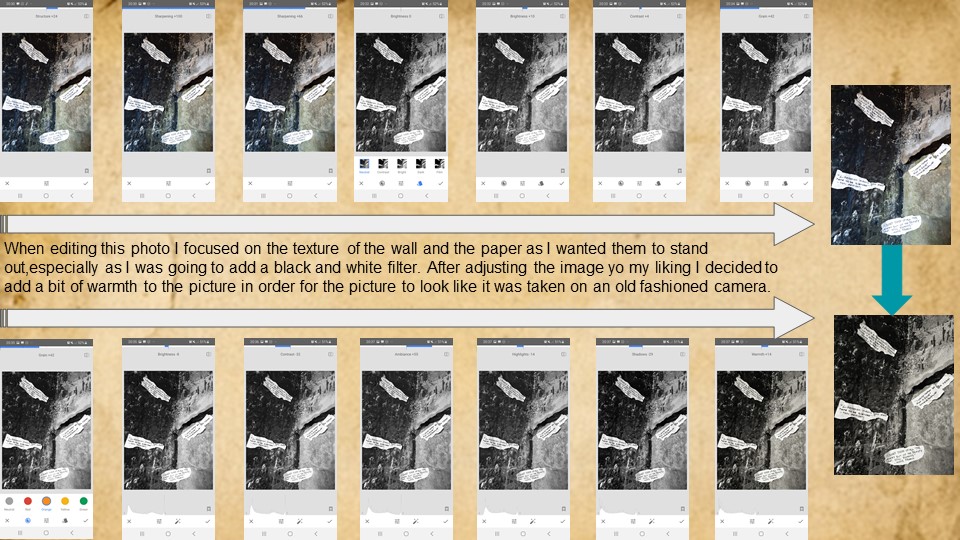

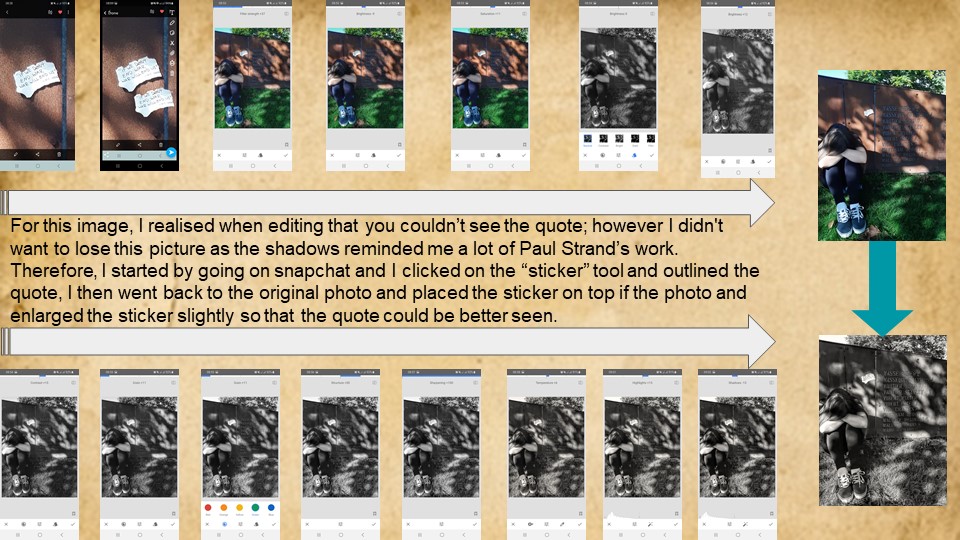
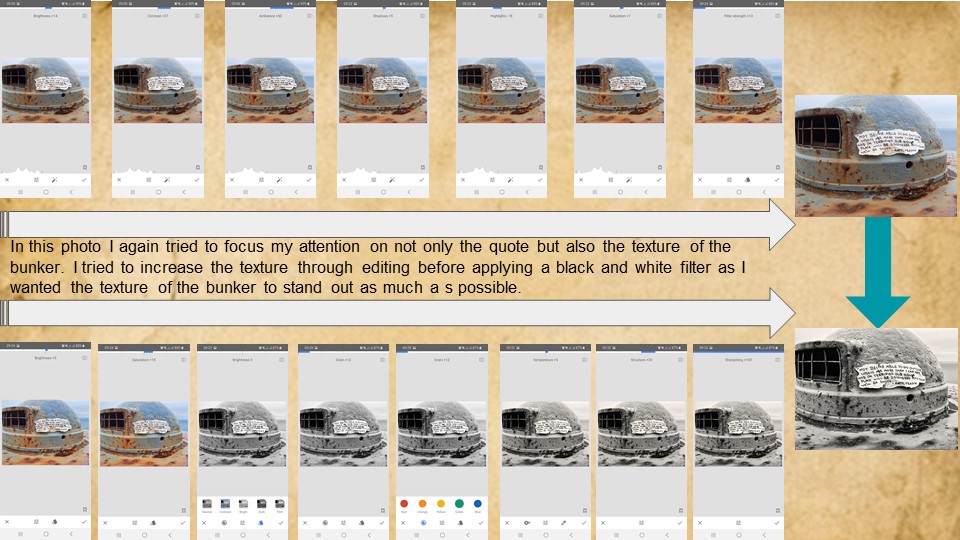
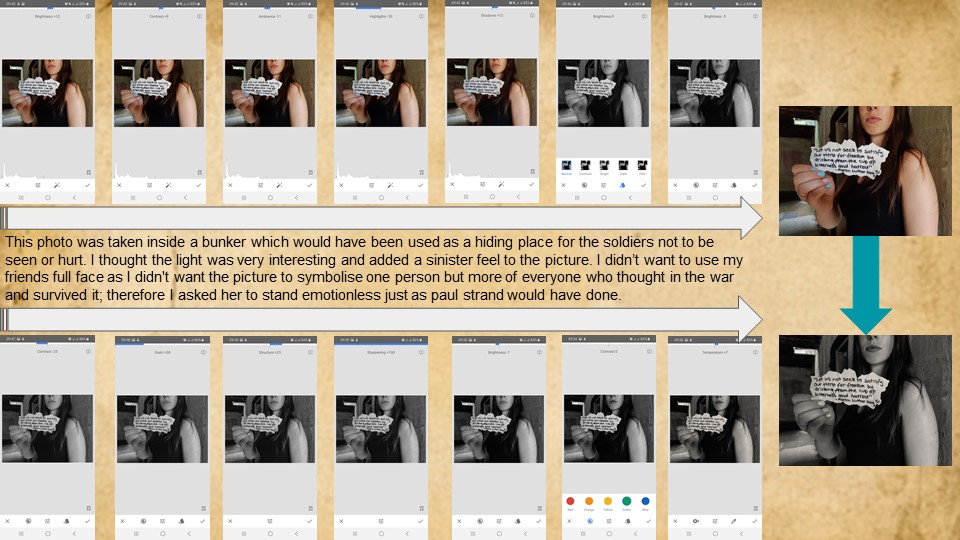
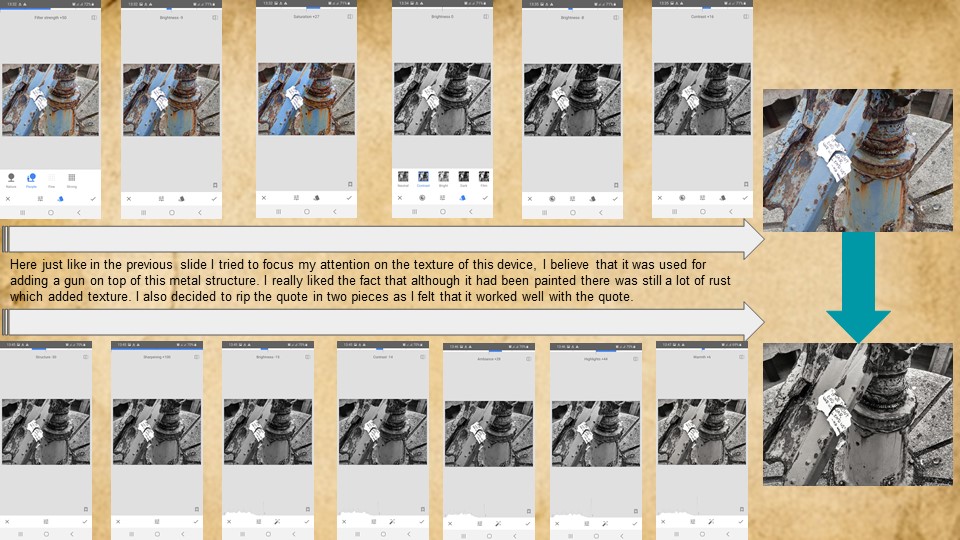
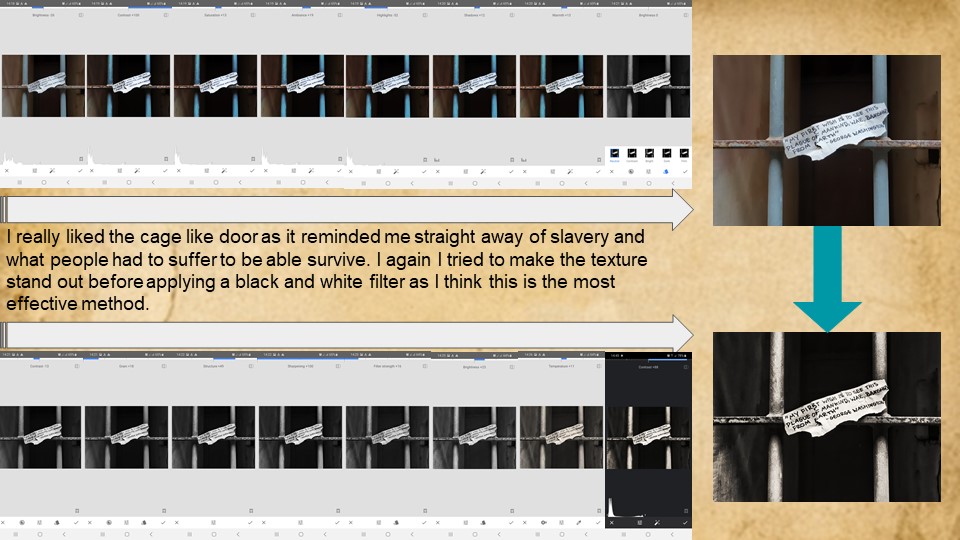

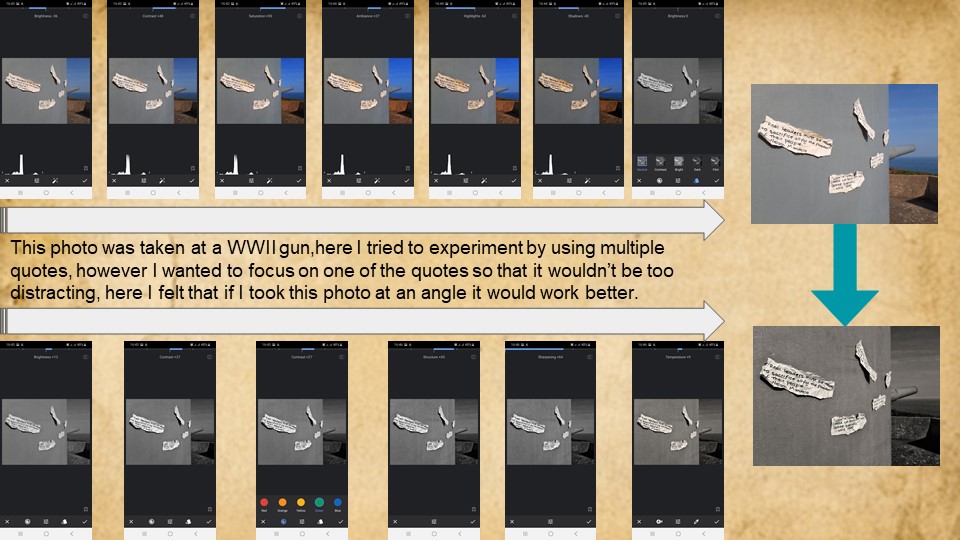
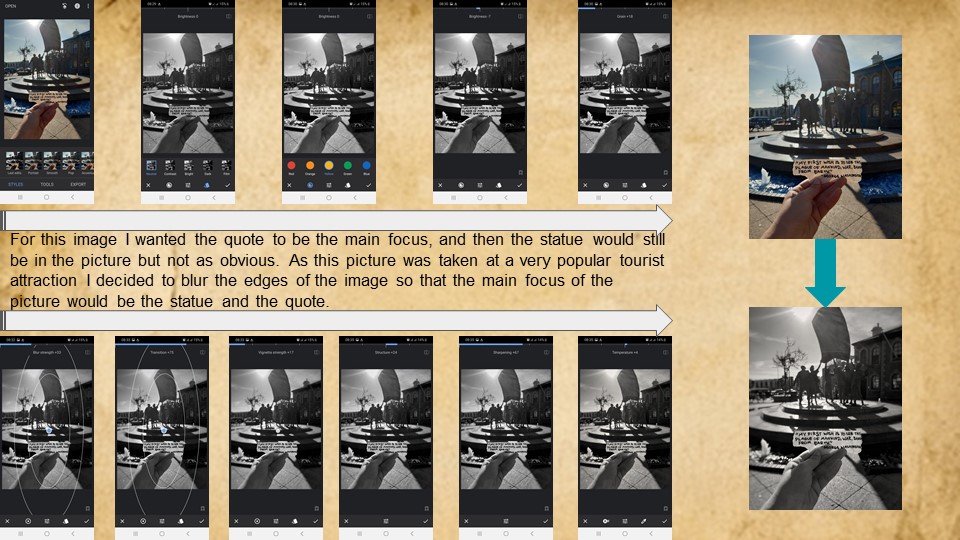


Technical: The lighting is this image is quite dark and hard creating harsh shadows on the sitters face, especially under the eyes. From what I can see the white balance is quite tungsten however there are elements of the image that look quite cold. Thinking about the settings and equipment used, I can see that the photographer would have used a wide angle lens to as a lot of the background is seen even though the camera is quite close to the man. I can also tell that the photographer has used a wide angle lens because there is less compression between the sitter and the background. I think that the photographer has used a high shutter speed and small aperture of around f9 – f16 as the the whole image is quite sharp but the background is a little bit out of focus and there is a tiny bit of compression.
Visual: At first glance the colour seems very dull, green and flat with elements of brighter colour. The texture also looks very rough as the photo is taken in a factory. In terms of the focal point and leading lines; the man in the center of the image is clearly the focal point because he is very sharp and close to the camera whereas the background is slightly out of focus. My eyes are drawn to the focal point because of the walls either side of the sitter that draw my eyes into the centre of the image, also the trains in the background draw my eyes from the top back of the image down to the middle portion.
Contextual/ Conceptual: This image has a significant meaning behind it as the photographer from this photo was an American Jew whereas the sitter in the image was a German who owned a train manufacturing company. This is significant as there could have been a motive for revenge for the Jews or something similar by the photographer as the man in the photo would have played a part in the transportation of Jews to the concentration camps.
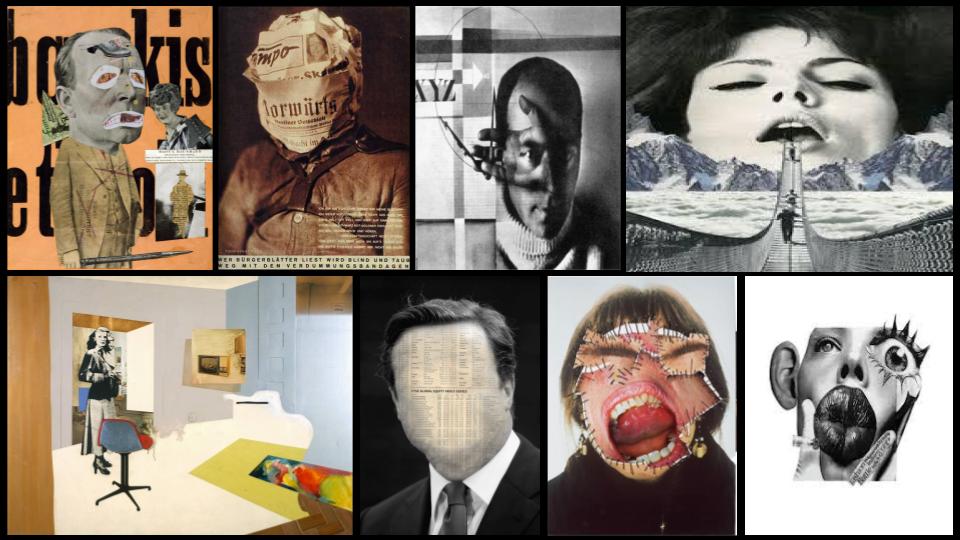


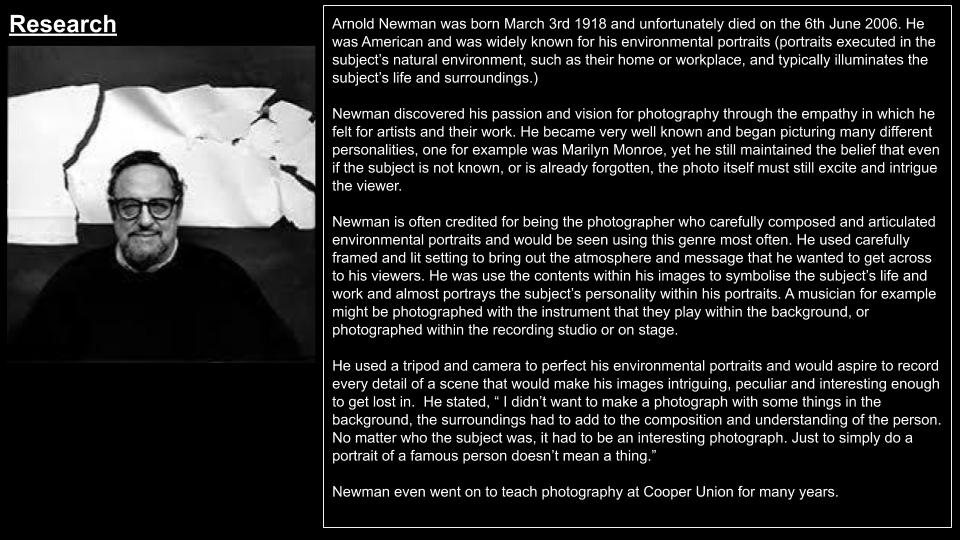
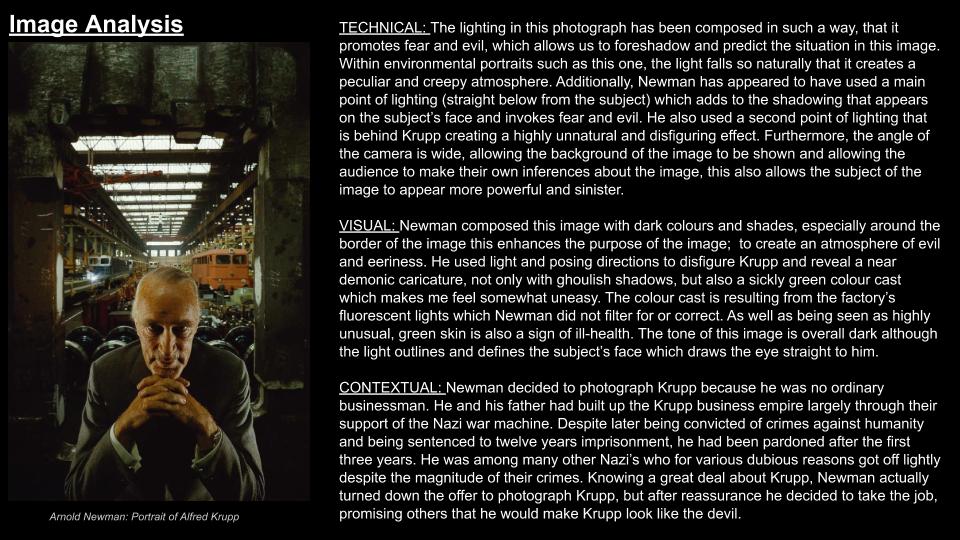
CONCEPTUAL: As mentioned before contextually, Newman set out to make Krupp look like the devil since his crimes and morals were devastating. The use of dark lighting and colour casting powerfully displays him this way. The expression on Krupp’s face and the position his hands are in is almost stereotypical of a villain. The way he his also elevated and revealed in the foreground also emphases the idea of Krupp being the devil and shows that he was of high authority and powerful; just as the devil is. Newman also built up and used a range of techniques to clearly show the background and the history/intentions that Krupp had.




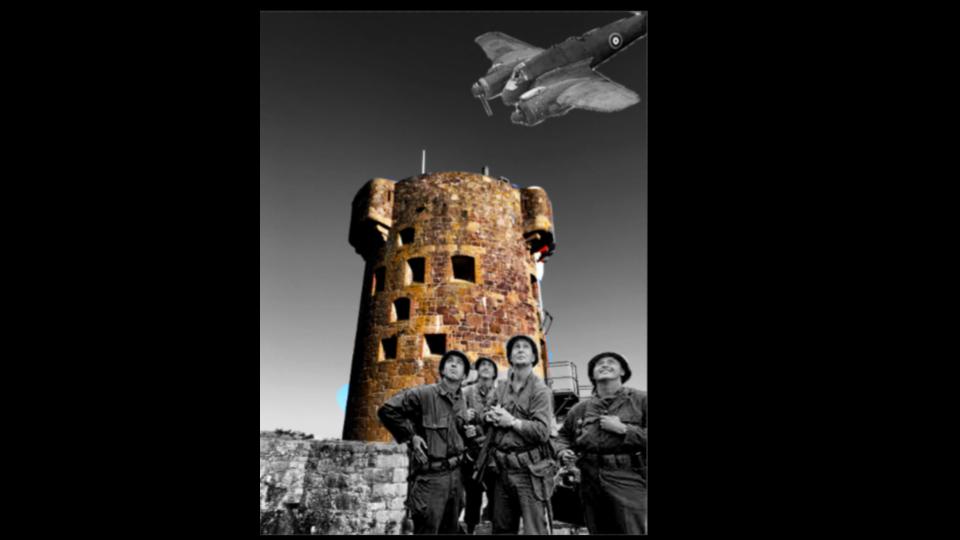
You will be producing ideas, experiments and more using Adobe Photoshop.
These tasks will help introduce you to some basics and extend your skills.
If you already feel confident with Adobe Photoshop, you can move ahead and begin creating a set of photo-montages that show your understanding of the methods and concepts too.
You can use a combination of your own images, found images and images provided in the M : Drive too to create a set / series of images that explore facets of OCCUPATION V LIBERATION.
Don’t forget to upload your manual photo-montages via the MEDIA LIBRARY (they are stored in the M : Drive) and try to relate your experiments to the work of other photo-montage artists that you have looked at and been inspired by…
TECHNIQUES
Basic Image Adjustments
Create a set of blog posts that clearly show your progress, outcomes and inspiration. Include an evaluation and screen shots of your development in Adobe Photoshop